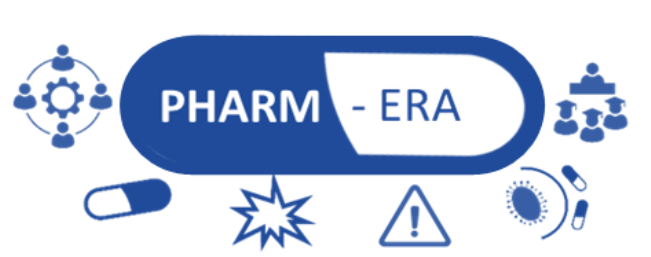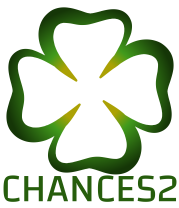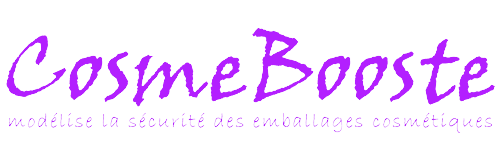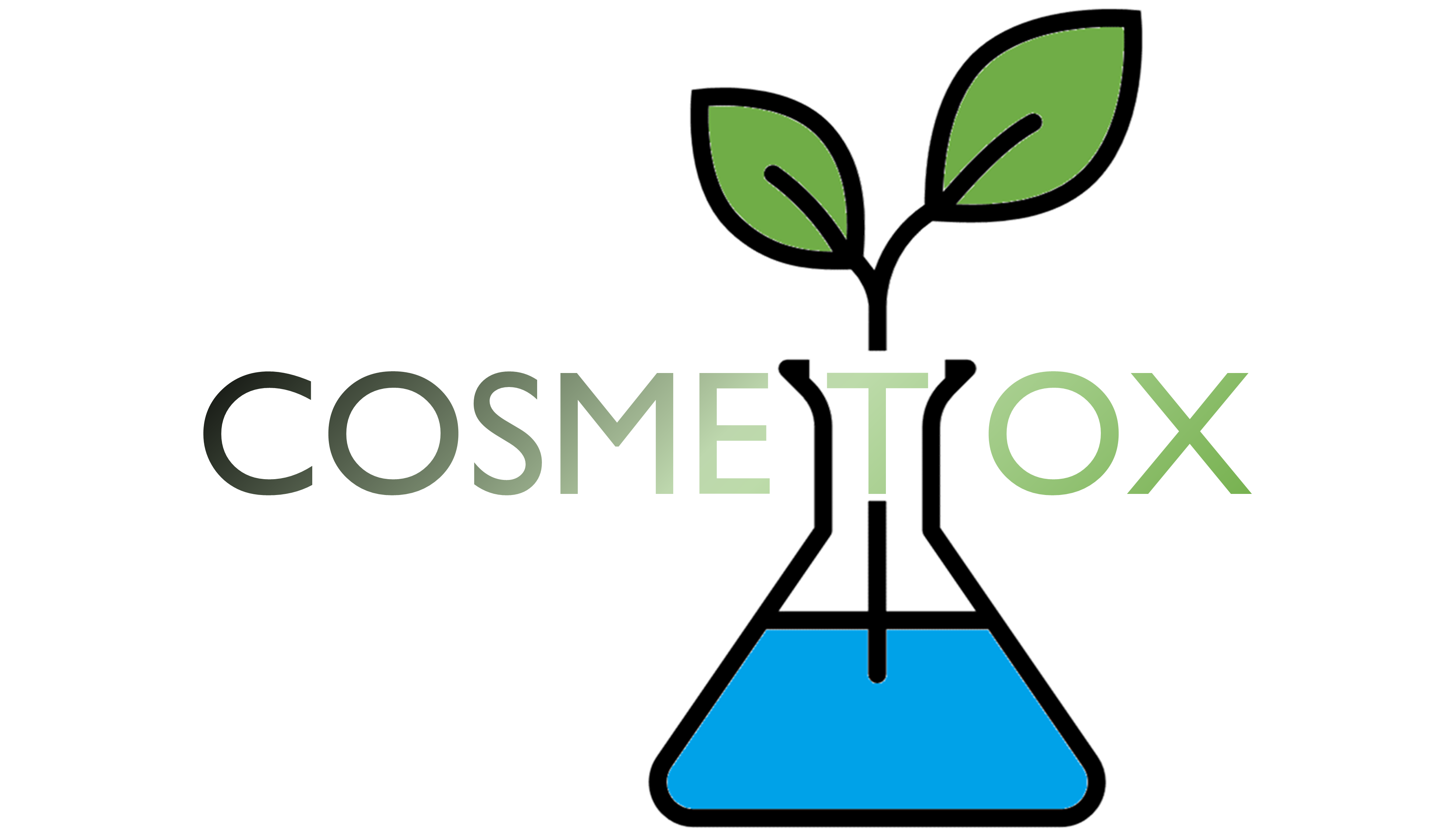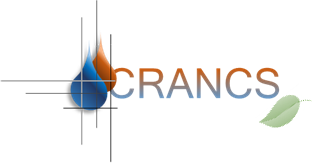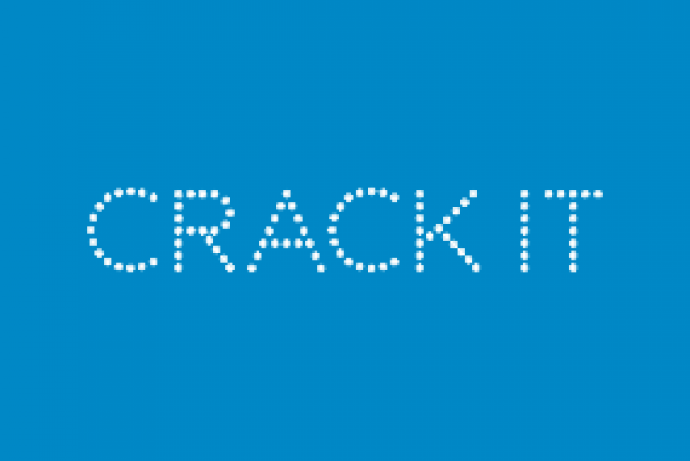Research made in KREATiS
In this section you will find relevant peer reviewed articles, exhibited congress posters and selected magazine articles featuring KREATiS employees and other open source publications that we think you may find useful. We have also made available information on research projects that we have worked on. All the posters are freely available as downloadable pdfs.

